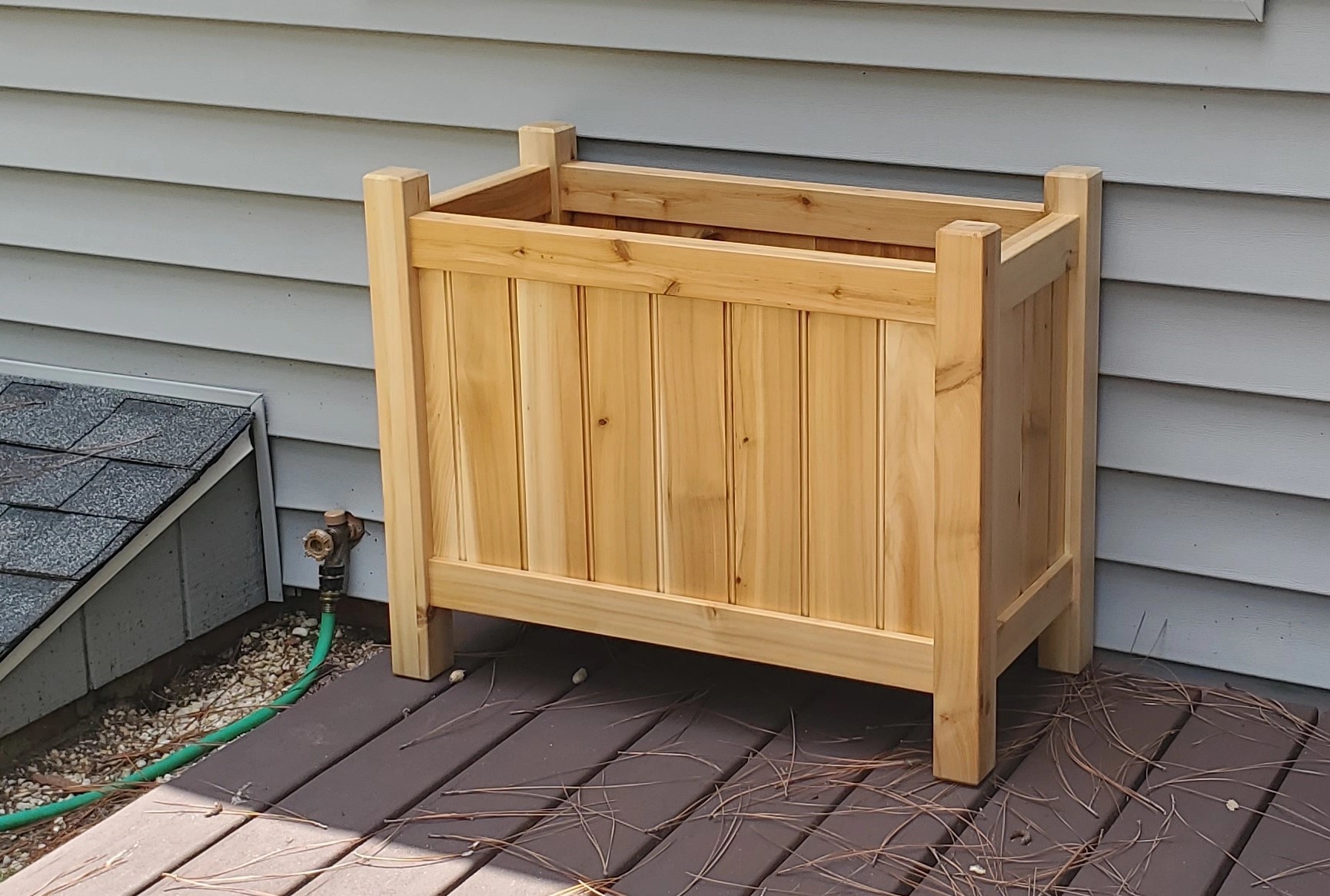- cross-posted to:
- woodworking
- cross-posted to:
- woodworking
Doing it by hand with sandpaper is a nonstarter.
Also I don’t have a lathe :-/
I’d probably chuck them into the drill press and take a rasp to them. You could get it consistent by using a consistent technique, and checking them against a gauge (e.g. cut a profile in a piece of cardboard).
How long are the dowels? They don’t appear to be too long, even if they are 24" it should be manageable. Mount a belt sander mounted upside down, either secured in a vise or a bar clamp to a table. Hold the dowel with a drill with a 1/2" chuck and go to town. You may also want to use something as a tool rest to steady the working end of the dowel close to the sander. Rough shape the dowels first then go back and finish the ends using the same technique, only this time clamp the drill down and hand hold the sandpaper, steel wool, scotch brite, etc.
They’re about 5". Freehanding would work but I’m concerned about consistency.
I’m fairly new at the whole woodworking gig, but I think what I would do is create a negative of the round that you want out of a different piece of wood and then jam some sandpaper into that negative and connect it to my drill.
I’ve actually tried this! The problem is that the sandpaper is too thick to bend neatly in that tight a radius. Maybe I could buy raw grit and stick it in the cavity with spray adhesive…
You don’t want the whole hemispherical cup. Just a semi circle.
The best and traditional tool for the job is a rasp. I recommend a Shinto rasp. Surprisingly fast and easy to use.
can confirm, I have a rasp (Shinto) and I can throw a 1/4 or 3/8 quarter round on an 8 foot edge before you can get your router set up.
FWIW the dowels would be about that long - 5" or so.
Now I’m contemplating chucking them in a drill and running them against a roundover bit in the router. I could drill a 1/2" hole in a block to act as a guide and keep things from exploding.Do try the drill plus support block, but first try rounding them by hand with a rasp, file, or a bench chisel. Using the router like that, especially with such short pieces, seems like a recipe for disaster.
undefined> y the drill plus support block, but first try rounding them by hand with a rasp, file, or a bench chisel. Using the router like that, especially with suc
Ooh, if you have a router and round-over bit, you could make a jig making a modified router base-plate out of 1.5" thick stock. The idea would be to create a recess for the round-over bit to set in approximately halfway into the stock. Then have an “1/2” hole offset from the radius of the bit to all you to insert the dowel and rotate. With the jig attached to the router and a hole with a tight enough tolerance you may not get too much chatter when feeding the stock into the jig.
Consistent within a dowel? Or between dowels?
A corded drill and a vise is basically a lathe.
Consistent rounding across all the dowels.
Lacking a lathe I also lack lathe tools, but I could use a rasp or maybe a bench chisel.
Do you have a router table? You can do it with a round over bit and a fence. Fence radius distance from bit center, dowel flat on table and rotate towards fence. Usual router safety applies. Only 5" length to hold might be a bit sketch, but you could jig something up easy enough. You could rough it with a rasp first, but with a sharp bit it should be no problem.
Yes - I have a router table and something like this is what I’m thinking now. I can drill a 1/2" hole in a block and stick the dowel through the hole to keep it secure. I can rout the end of a full-length dowel, then cut it off to size, then rout the remainder, etc.




